Have your non-stick pans expired? Yes, that's a thing – here's how long the experts say you can use them
How long should your non-stick pan last? I asked the experts
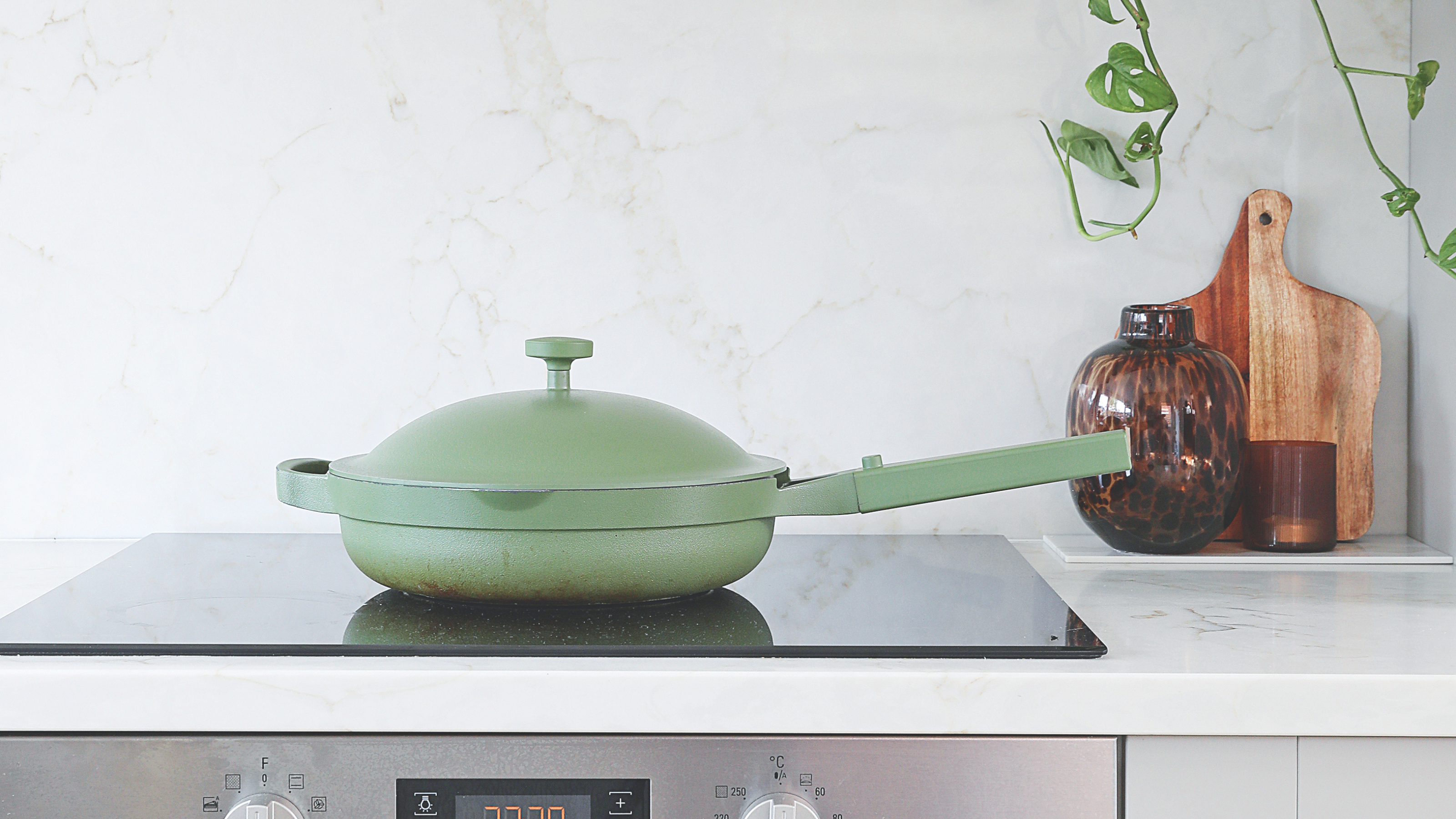

Finding a good quality non-stick frying pan is difficult – there are so many tickboxes that you need to check. But arguably the most important? The non-stick coating and its ingredients. You need to ensure this is tough enough to withstand daily use, while checking it's free from those forever chemicals you want to avoid.
I've spoken with the experts to find out just how long the shelf life is of a good non-stick pan. When I say shelf life, I mean how long yours can be used to cook with, almost daily. I'm not talking about those pans that sit in the back of your cupboard and get used just a couple of times a year.
To answer the question in short, I spoke with several experts, one being Maria Dobbells, Marketing Director at The Cookware Company (which is the parent company for GreenPan) who assured me, "generally, the lifespan of a non-stick pan is around 5-7 years, but if you take good care of your pans, they can last much longer".
How long should a non-stick pan last?
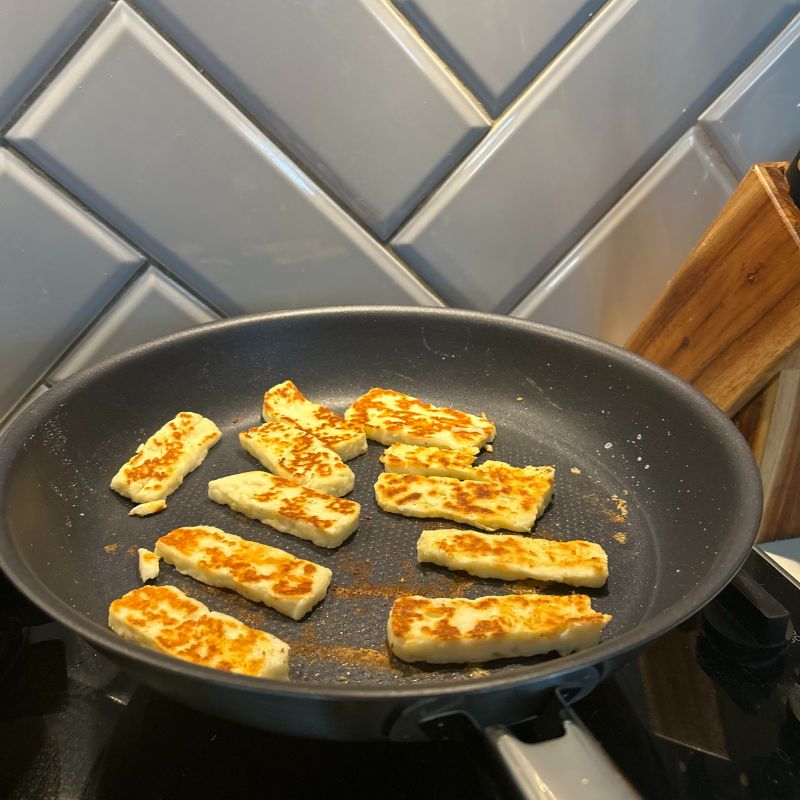
What is PFAS and PTFE?
Let's quickly touch on coatings: PFAS stands for poly– and perfluoroalkyl substances and PTFE is polytetrafluoroethylene, which is a type of PFAS. PTFE is no longer used in the production of coatings for non-stick pans as it was found to be harmful, while PFAS are still sometimes used. Each company uses a different mix of ingredients to curate their non-stick coatings, so it's important to check this out before investing.
As we already know from the experts at GreenPan, non-stick pans tend to last for around 5-7 years. This is only if you treat your pan well and adhere to the instructions that come with it, though.
'Nonstick pans can last several years with proper use and care,' according to Shiza Shahid, co-founder of cookware brand Our Place. There are some things you need to bear in mind before you invest, though. 'You want to make sure you're choosing a nontoxic nonstick - one that does not contain any PFAS, PTFE, and forever chemicals. These are microplastics that chip, flake and peel.' Shiza continues.
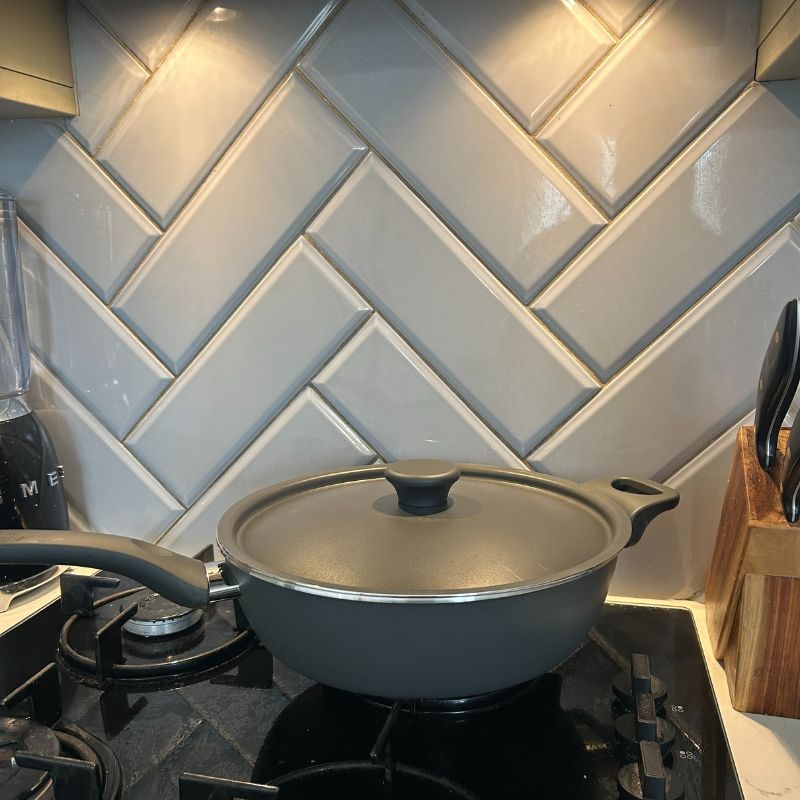
There are a few things you can do while cooking to prolong the life of your non-stick pan, warns Marie. 'Cook on low to medium heat, and always below 260°C. Most PTFE-coatings start to break down above 260°C. At above 300°C, they can release harmful fumes.'
Other than that, Marie also suggests you 'avoid damaging the coating – most people associate damage to the coating with the release of harmful substances.' She continues to add, 'scratches can still reduce the non-stick performance even if no harmful substances are released.'
Sign up to our newsletter for style inspiration, real homes, project and garden advice and shopping know-how
When it comes to post-cooking, 'don’t rinse a hot pan under cold water - this can warp the pan and damage the coating,' says Marie. She continues to advise about how to clean your non-stick pan. 'Hand wash only - even if a pan is dishwasher-safe, the harsh detergents and high heat can shorten its lifespan.'
Why do non-stick pans have a shelf life of 5 to 7 years?
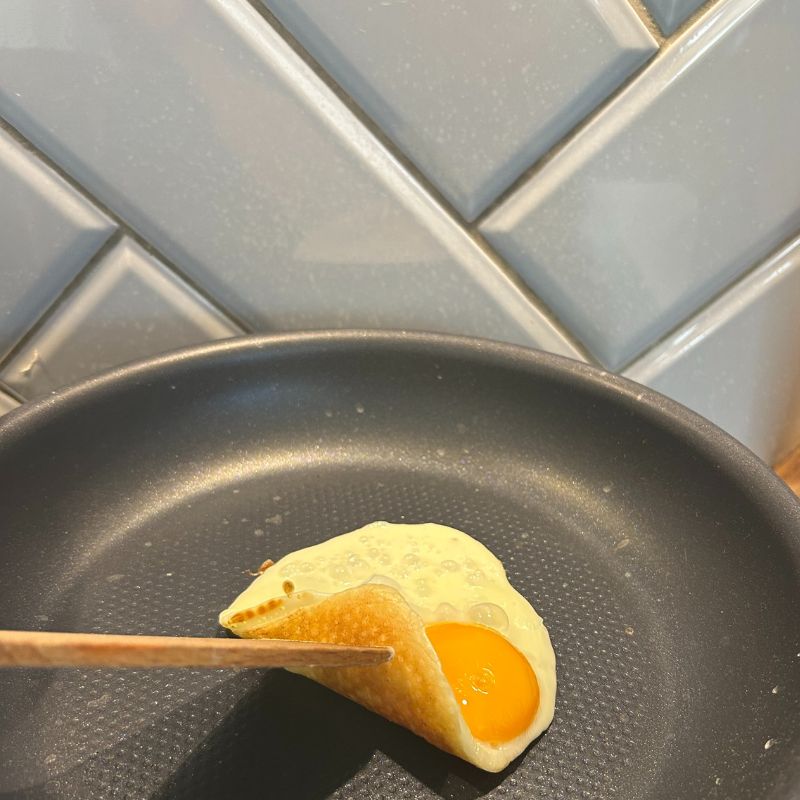
The real reason that non-stick pans have a shelf life of 5-7 years is all to do with their non-stick coating. The ingredients in this coating will depend on the brand, with some companies such as Our Place using a non-toxic coating. This coating can still scratch, but if it does, you'll have total peace of mind that you're not releasing harmful chemicals into your food each time you heat it to cook.
If your pan isn't PFAS-free, then it's a totally different story. Any scratches that do happen can lead to a risk of ingestion. In this case, you'll need to stop using the pan straight away. While cooking, 'only use wooden, silicone, or plastic tools,' suggests Marie.

On the other hand, we do know that accidents happen, and sometimes you might have to put in a bit of elbow grease and scrub your pan clean. If you're worried about damaging the coating, then there are things you can do. 'If you’re dealing with stubborn stains or residue, avoid excessive scrubbing. Instead, try using a magic eraser, or simmer a bit of water with dish soap in the pan to help loosen any leftover bits,' says Marie.
I also touched on this subject while speaking with Richard Joseph, CEO & Co-Founder of Joseph Joseph. While he agrees with avoiding metal utensils, he also recommends always using low to medium heat when cooking. 'High temperatures can damage the non-stick coating over time,' he claims. And don't forget: 'proper storage is also important - never stack other cookware directly on top of your non-stick pan, as this can lead to scratches or dents.'
If you're now wondering whether non-stick pans are safe, then the short answer is yes. Just be sure to invest in one that's ideally PFAS-free. If you can't, then you need to make sure that you use and care for the pan correctly.
Are there alternatives to non-stick cookware?
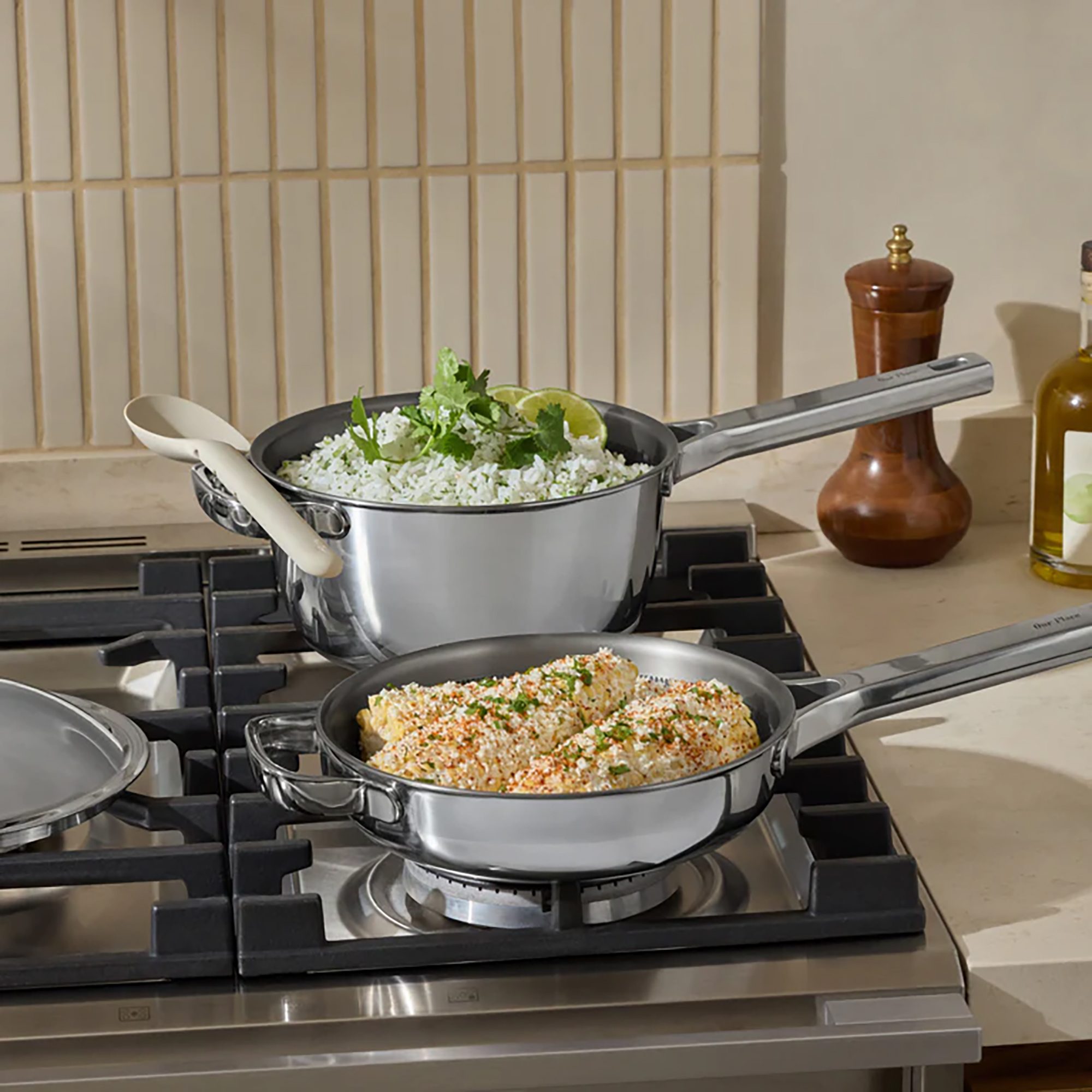
If you want to avoid pans with a non-stick coating, then there are plenty of other options out there. As someone who has tested various non-stick pans, they all have their pros and cons.
First, there's cast-iron cookware. These types of pans are tough in more ways than one. Naturally, they are quite heavy and usually boast either an enamelled coating which is very thin, or they might come unfinished. An unfinished cast iron pan, like the Kuhn Rikon Black Star Cast Iron Pan, will need to be seasoned. You'll need to prime it before use with the help of a lot of oil. If you're searching for an enamelled cast iron pan for ease, then the Our Place Cast Iron Always Pan is a great buy.
Then, there are stainless steel frying pans. These are great for chemical-free cooking, especially if you choose one like the Our Place Titanium Mini Always Pan Pro, which doesn't have a coating. It offers superior non-stick without the chemicals, but for an admittedly teeth-gritting price tag. Otherwise, you might find that other stainless steel naked pans are harder to work with, but once you do get them to be non-stick, you'll love stainless steel cooking.
If you're looking to rid your entire cookware cupboard of non-stick coatings, then there are plenty of naked options in our best saucepan sets guide.
The bottom line
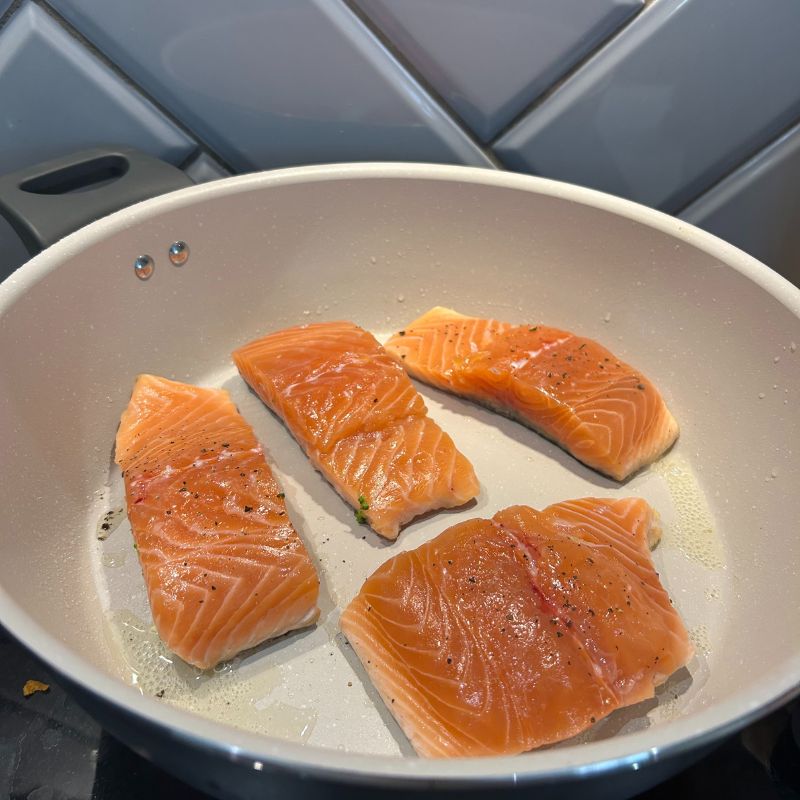
A good quality non-stick pan, if properly cared for and used according to the manufacturer's instructions, should last for 5-7 years of use.
I would always recommend investing in a pan that's PFAS-free for peace of mind. To prolong the shelf life of your pan and ensure it at least reaches the 5-year mark, you should avoid using metal utensils. Shiza adds, 'we recommend hand-washing, using medium heat, and high smokepoint oils to preserve the lifespan on any nonstick coating'. And don't forget to store them properly, which means no stacking!
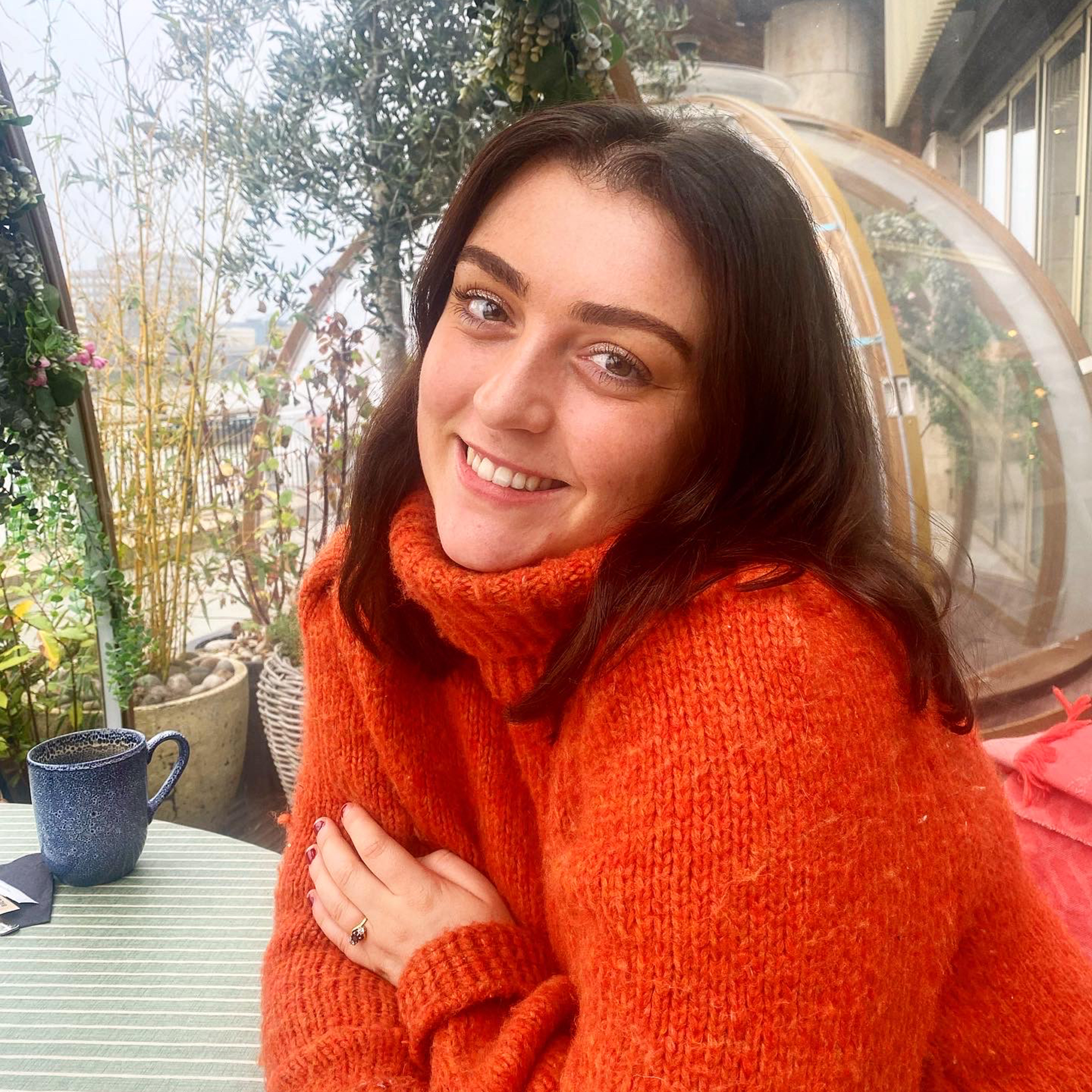
Annie is Ideal Home's Deputy Ecommerce Editor. With four years of eCommerce experience under her belt, you can find her shopping words of wisdom on Real Homes, Gardeningetc, Livingetc, Homes & Gardens and Woman & Home. When she's not planning ahead or curating deals for Amazon Prime Day or Black Friday, you can find Annie testing a range of products in her South London home, from reed diffusers to candles, BBQs, mattresses and even a few vacuum cleaners.
You must confirm your public display name before commenting
Please logout and then login again, you will then be prompted to enter your display name.